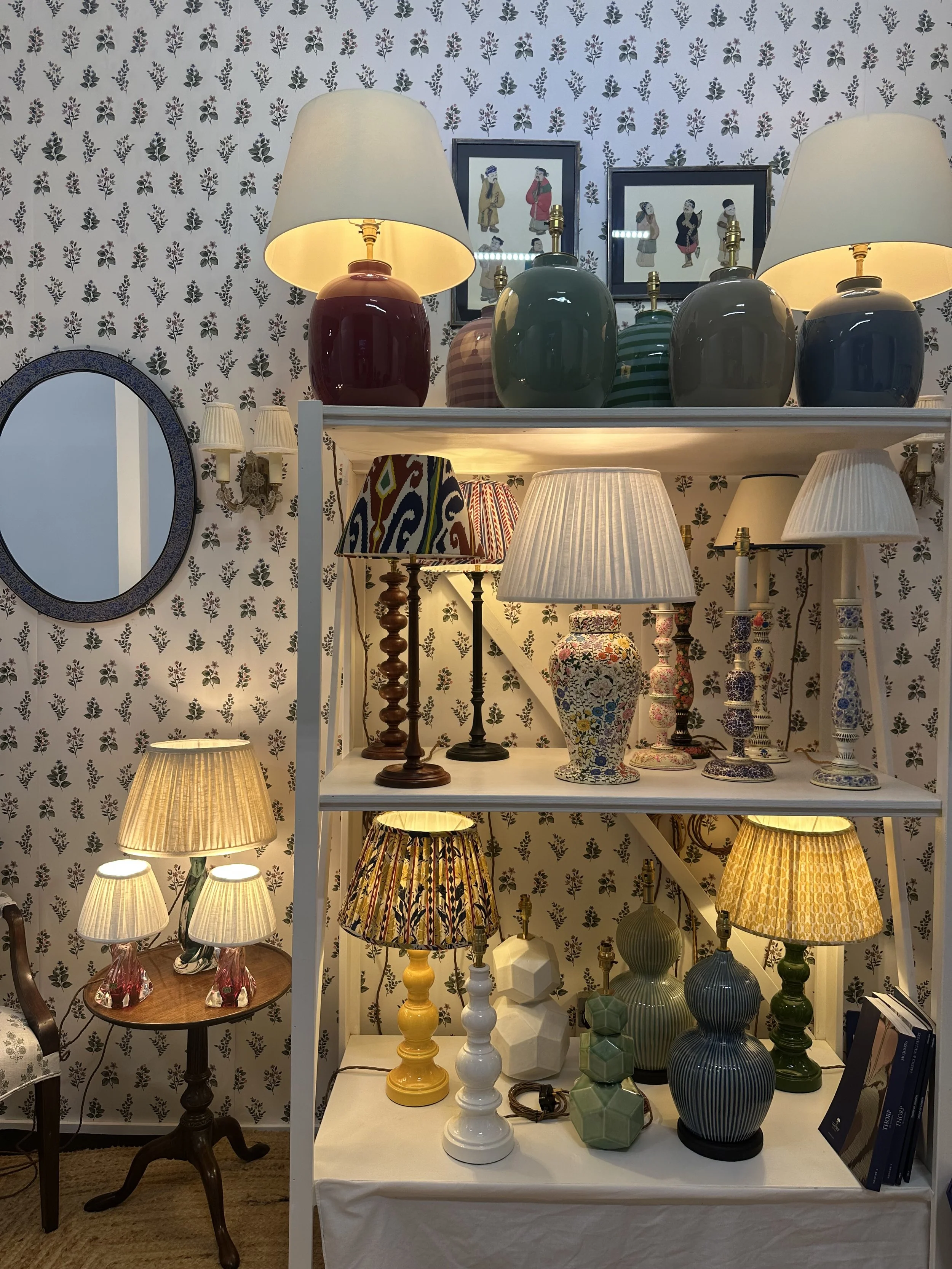Stone Material Showdown: Travertine, Flagstone, and Limestone — Which Is Right for You?
Limestone tumbled finish tiles. Image credit: Artisans of Devizes
Choosing the perfect natural stone for your home improvement project can feel overwhelming due to the array of options available. Whether you’re envisioning a patio space, a grand entranceway, or a stunning fireplace surround, understanding the unique characteristics of each stone type is essential.
This post dives into the world of three popular choices: travertine, flagstone and limestone, exploring their individual qualities, strengths and weaknesses to help you determine which stone best suits your needs and desired aesthetic preferences.
Honed finished limestone. Image credit: Artisans of Devizes
Travertine: Classic Elegance and Timeless Appeal
Travertine is a form of limestone deposited by mineral springs and is renowned for its timeless beauty and versatility. Its distinctive textured surface and warm earth tones have made it a favourite for centuries, famously used in iconic structures like the Colosseum in Rome.
Appearance and Characteristics
Travertine is characterised by its porous nature, resulting in a unique pitted surface. This natural texture adds visual interest and provides excellent slip resistance, making it ideal for pool decks and patios. It’s commonly found in a range of neutral shades, from creamy beige and ivory to rich browns and golden tones.
Applications and Benefits
Travertine’s durability and natural beauty make it suitable for a variety of applications, both indoors and out. It’s often used for flooring, where travertine tiles create elegant and durable surfaces for kitchens, bathrooms, and entryways. As wall cladding, travertine adds a touch of sophistication to interior and exterior walls. Its slip-resistant surface and natural beauty make it perfect for outdoor spaces, like patios and pool decks. When properly sealed, travertine can even withstand vehicular traffic in driveways. Travertine pavers for sale are readily available from various suppliers, offering a wide range of sizes, colours, and finishes to suit your design scheme.
Side tables made from natural travertine via Sweetpea & Willow
Considerations
While travertine is a durable stone, its porous nature makes it susceptible to staining. Proper sealing is essential to protect it from spills and moisture damage. Additionally, travertine can be sensitive to acidic substances, so it’s important to use appropriate cleaning products.
Flagstone: Rustic Charm and Natural Beauty
Flagstone, a sedimentary rock known for its irregular shapes and earthy tones, brings a touch of rustic charm to any space. Its natural variations in colour and texture create a unique and visually appealing surface.
Appearance and Characteristics
Flagstone is prized for its natural beauty and unique character. Each piece is different, with variations in shape, size, and thickness. It’s typically found in shades of grey, brown, red, and blue, often with subtle veining and patterns.
Applications and Benefits
Flagstone’s versatility and durability make it a popular choice for a wide range of landscaping and hardscaping projects. It’s commonly used for patios and walkways, where it creates a natural and inviting surface for outdoor living spaces. Its irregular shapes lend themselves well to creating unique pathways through gardens as stepping stones. As wall cladding, flagstone adds a rustic touch to retaining walls and feature walls. It can even be used for fireplace surrounds, where the natural beauty of the stone complements the warmth of a fireplace.
Image Credit: Tile Mountain
If you’re looking for flagstone near me, consider visiting local stone yards or landscaping suppliers. They can offer expert advice and help you select the perfect flagstone for your project.
Considerations
Due to its irregular shapes, installing flagstones can be more labour-intensive than other stone types. Proper preparation of the base is crucial to ensure stability and prevent shifting. Also, flagstone can be susceptible to cracking in freeze-thaw climates, so it’s important to choose a frost-resistant variety.
Limestone: Versatile and Enduring
Limestone, a sedimentary rock composed primarily of calcium carbonate, is prised for its versatility, durability, and timeless appeal. It has been used for centuries in construction and architecture, from the pyramids of Egypt to modern-day buildings.
Appearance and Characteristics
Limestone is known for its smooth, even texture and subtle variations in colour. It’s commonly found in shades of white, beige, grey, and brown, often with subtle veining and fossil patterns.
Applications and Benefits
Limestone’s versatility and durability make it suitable for a wide range of applications, both indoors and out. It’s often used for flooring, where limestone tiles create a classic and elegant look in homes and commercial spaces. As wall cladding, limestone adds a touch of sophistication to interior and exterior walls. A custom limestone fireplace surround can become a stunning focal point in any room. In landscaping, limestone is used for retaining walls, garden borders, and other features.
Heritage limestone via Hyperion Tiles
Considerations
Like travertine, limestone is a porous stone and requires sealing to prevent staining and moisture damage. It’s also susceptible to etching from acidic substances, so it's important to use only appropriate cleaning products.
Comparing Travertine, Flagstone, and Limestone
Choosing the right stone for your project depends on various factors, including your aesthetic, preferences, budget, and the specific application. Here's a comparison of the three stones based on key characteristics:
Travertine offers a classic and elegant look with its distinctive pitted surface. It’s highly durable but requires sealing to prevent staining.
Flagstone, with its rustic charm and irregular shapes, brings a natural and earthy feel. It’s also durable but can be more labour-intensive to install and may crack in harsh climates.
Limestone, known for its smooth texture and subtle colours, provides a versatile option for various applications. Like travertine, it requires sealing to prevent staining and etching.
Beyond the Basics: Other Natural Stone Options
While travertine, flagstone, and limestone are popular choices, exploring other natural stone options can broaden your design possibilities. Granite - known for its hardness and resistance to scratches - is a popular choice for countertops and high-traffic areas. Slate, with its distinctive, layered appearance and durability, is often used for roofing, flooring, and wall cladding. If you’re looking for something truly unique, consider incorporating boulders for sale into your landscaping design to create natural focal points and add visual interest.








Five top tiling looks expected to be big in 2026!